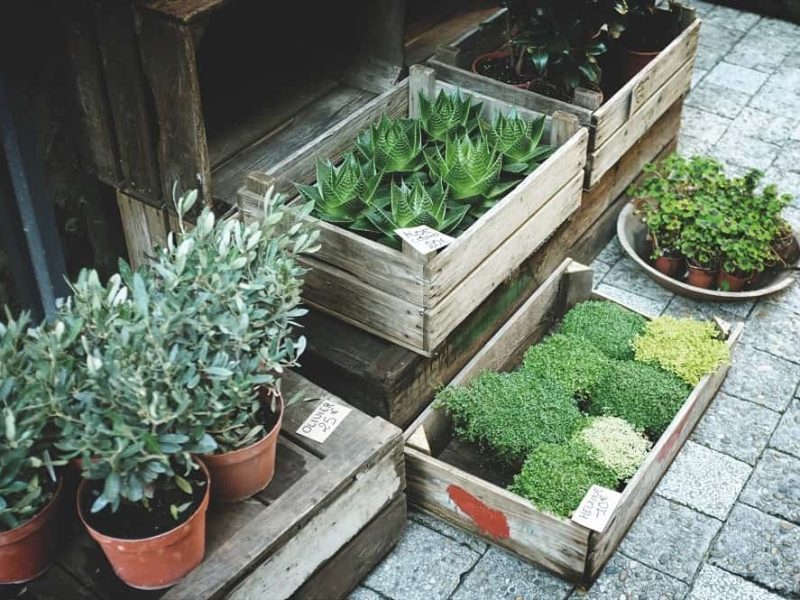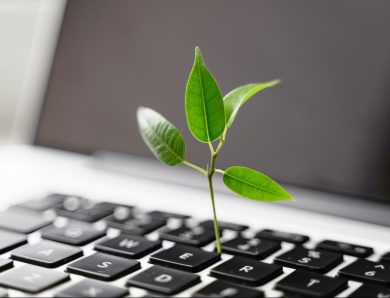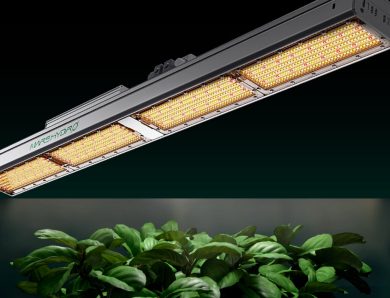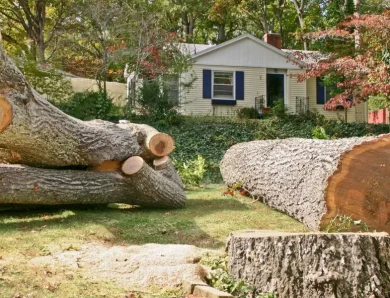
Eco-Essentials: Sustainable Nursery Planter Choices for Conscious Growers
In an age of climate change and environmental degradation, adopting sustainable practices is no longer an option, but a necessity. This holds true even for the seemingly minor choices we make in our gardens or homes. For the conscious grower, selecting the right nursery planter can make a significant difference in promoting a healthier ecosystem. This article dives deep into sustainable nursery planter choices, offering eco-essentials that every environmentally-aware gardener should consider.
The Importance of Sustainable Planting
Planting is not just about beautifying a space or producing food. It’s also about nurturing the environment. The tools and methods we choose can either promote eco-friendliness or contribute to its destruction.
Environmental Impact of Traditional Planters
Many traditional planters are made from plastics that are not biodegradable. Over time, these plastics break down into microplastics which infiltrate our soil and water systems, posing harm to marine life and eventually entering the human food chain. Moreover, the production of these plastics emits greenhouse gases, contributing to global warming.
Sustainable Nursery Planter Choices
Switching to sustainable nursery planter options can help address these environmental challenges. Not only are these choices better for the planet, but they also often prove to be more beneficial for the plants, providing natural nutrients and better aeration.
Biodegradable Pots
- Coir Pots: Made from coconut husk fibers, coir pots are biodegradable and enrich the soil as they decompose. They offer excellent moisture retention and breathability.
- Peat Pots: These pots decompose in the ground, reducing the shock of transplantation. However, sourcing peat can sometimes be unsustainable, so it’s essential to buy from responsible suppliers.
- Rice Hull Pots: Made from the outer husks of rice grains, these pots are sturdy yet biodegradable.
Recycled and Upcycled Pots
- Recycled Plastic Pots: If plastic is the preferred material due to its durability, ensure it’s made from recycled content. This reduces the demand for new plastic production.
- Upcycled Planters: Old containers, tins, or even wooden boxes can be repurposed into planters. It’s a creative way to reduce waste and find a new purpose for discarded items.
Natural Fiber Planters
- Jute and Burlap Pots: Made from plant-based fibers, these are breathable and will eventually decompose. They’re especially suitable for larger plants or trees.
- Wooden Planters: Opt for sustainably sourced wood or reclaimed timber. Wood provides a natural aesthetic and can last for years if properly maintained.
Benefits of Sustainable Nursery Planters
Environmental Perks
- Reduced Carbon Footprint: Sustainable planters, especially those made from organic materials, have a lower carbon footprint due to their biodegradability and renewable nature.
- Decreased Plastic Waste: By moving away from traditional plastic pots to biodegradable or recycled options, we can significantly reduce the volume of plastic waste entering our environment.
- Promotion of Sustainable Practices: Opting for sustainable choices paves the way for manufacturers to produce more eco-friendly products, driving market demand.
Gardening Advantages
- Healthier Plant Roots: Breathable materials like coir or jute prevent root rot by allowing excess water to drain while maintaining essential moisture.
- Enhanced Soil Quality: Biodegradable pots enrich the soil with organic matter as they decompose.
- Ease of Transplantation: Planters like peat or coir pots can be planted directly into the ground, reducing transplantation shock.
Making the Switch
For conscious growers, the transition to sustainable nursery planters is more than just a trend. It’s a commitment to environmental stewardship and an understanding that even small choices can have a substantial impact. With the myriad of eco-friendly options available, there’s a nursery planter to suit every plant and gardener’s needs.
Starting Small
If you’re new to sustainable gardening, start small. Replace one or two of your old plastic pots with biodegradable or recycled alternatives. Over time, as you witness the benefits, both to the environment and your plants, you’ll be motivated to make a complete switch.
Educating and Inspiring Others
Sharing knowledge is vital. Educate fellow gardeners about the advantages of sustainable nursery planters. Host workshops, write blog posts, or even share pictures of your sustainable gardening efforts on social media. By inspiring others, we can collectively move towards a greener and healthier planet.
In conclusion, the nursery planter choices we make play an essential role in determining our environmental impact. By opting for sustainable alternatives, we not only protect our planet but also ensure a healthier, thriving garden. Embracing these eco-essentials is a step towards responsible gardening, emphasizing that even in our backyards, we have the power to make a positive difference.




